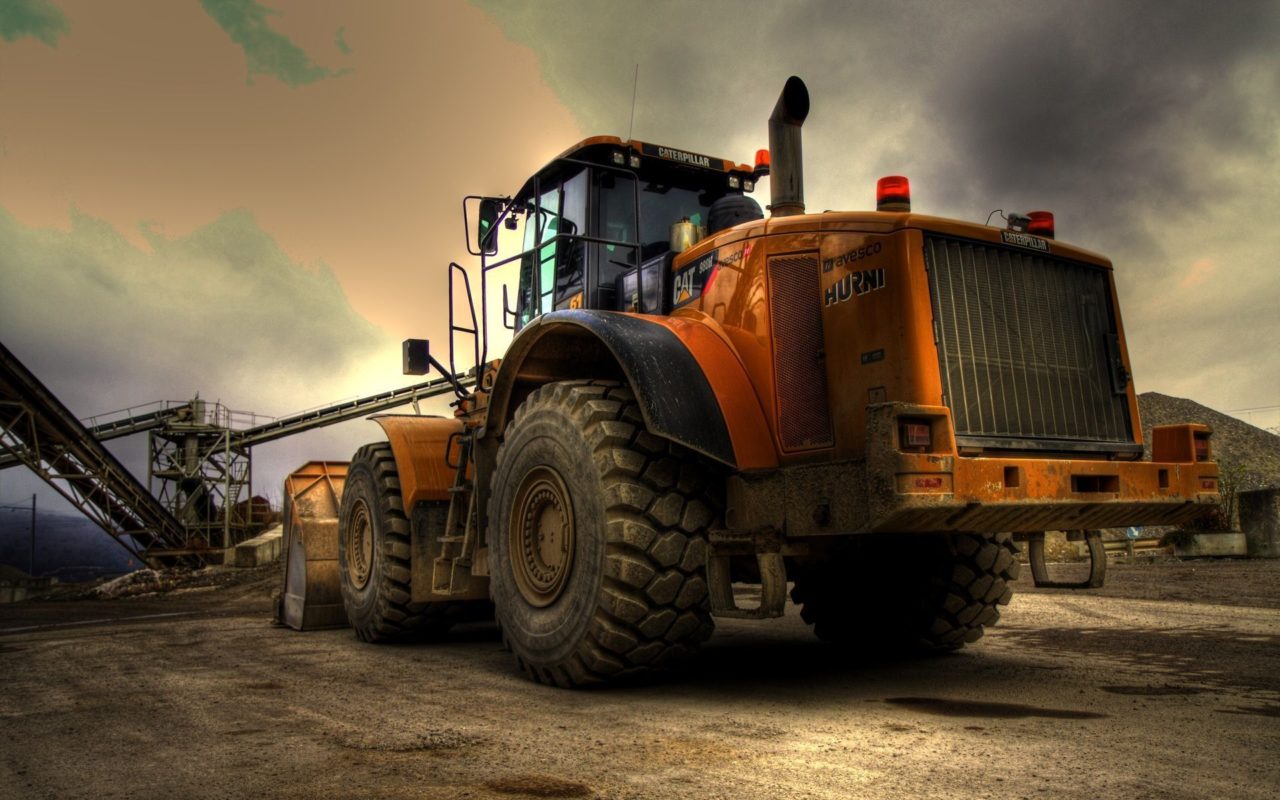ABOUT OILS
Information on hydraulic liquids
A hydraulic liquid is a liquid that is needed to transmit energy in hydraulic systems.
Requirements for hydraulic liquids – especially in construction machinery:
- Good lubrication properties
- High resistance to aging
- High wetting capacity and adhesive power
- High flashpoint
- Low pour point (lowest temperature at which oil is still liquid; e.g. -5 degrees Celsius)
- Must not affect gaskets
- Resin and acid free
- Low influence of temperature on viscosity – both dynamic viscosity, which usually increases as the temperature rises, and kinematic viscosity (the relationship between the dynamic viscosity and the density)
- Low compressibility
Hydraulic fluids are composed differently depending on the application and required properties:
Mineral oil-based
The most frequently used hydraulic liquid is mineral oil-based, with suitable additives. It is also known as hydraulic oil. The requirements for this hydraulic oil are set out in ISO 6743-4 with the designations HL, HM, HV. In Germany, the designations HL, HLP, HVLP are standard, in accordance with DIN 51524.
H and HH: Mineral oil with no active ingredients – is no longer used in practice.
HL: with active ingredients to increase the corrosion protection and resistance to aging
HM: with active ingredients to increase the corrosion protection and resistance to aging and to reduce wear due to scoring in the mixed friction area
HLP: further active ingredients in addition to HL oil to reduce wear and increase resistance in the mixed friction area – widest application in practice
HV and HVLP: like HLP, but with increased resistance to aging, as well as an improved temperature-viscosity relationship
HLPD: like HLP, but with additives to improve particle transport (detergent effect) and dispersion capacity (water carrying capacity) and active ingredients to increase the corrosion protection (German designation, not standardised)
Flame resistant fluids
HFAE: Oil in water emulsions
- the water content is above 80% and is mixed with a mineral oil or soluble polyglycol-based concentrate
- with a mineral-oil based concentrate, there is the risk of separation and microbe growth
- flame resistant, can be used at temperatures between +5°C and +55°C
HFAS: synthetic concentrates dissolved in water
- no risk of separation, since this is a true solution, which means the hydraulic components are considerably more susceptible to corrosion
HFB: Water in oil emulsions
- the water content is above 40% and is mixed with a mineral oil. This emulsion is rarely used.
- flame resistant, can be used at temperatures between +5°C and +60°C.
- In Germany, HFB fluids are not permitted due to the lack of fire protection properties
HFC: Water glycols
- the water content is more than 35% in a polymer solution,
- flame resistant, can be used at temperatures between -20°C and +60°C.
- Can be used at pressures of 250 bar.
HFD: Synthetic liquids
- HFD-R: phosphoric esters
- HFD-S: anhydrous chlorinated hydrocarbons
- HFD-T: mixture of HFD-R and HFD-S
- HFD-U: anhydrous other composition (consisting of fatty acid esters)
- Synthetic liquids have a higher density than mineral oil or water (not HFD-U), they can cause problems with the suction performance of pumps and affect a lot of gasket materials.
- flame resistant, can be used at temperatures between -20°C and +150°C.
Biodegradable
Biodegradable hydraulic liquids are manufactured using plant oils (e.g. rapeseed oil) and used in biologically critical environments (construction machinery in water protection areas, snowgrooming equipment in mountains, etc.). The fluids are class 1 harmful substances.
Labelling : HE = Hydraulic Environmental
Classification:
- HETG (triglyceride base = plant oils),
- HEES (synthetic ester base),
- HEPG (polyglycol base),
- HEPR (other base liquids, primarily Poly-alpha-olefins).
Water
Water is unobjectionable as a hydraulic liquid in every respect (without corrosion protection, however). Pure water is not used in power hydraulics; it is mixed with oil to form an emulsion, similar to cutting oil in cutting machines (in some cases there is the problem of separation here). The first technical use of hydraulics employed water as the fluid. Water has a practically constant low viscosity.
Classification:
- Tap water (filtered)
- Technical water (water-oil emulsion)
- Sea and salt water (filtered, not suitably due to aggressiveness)


